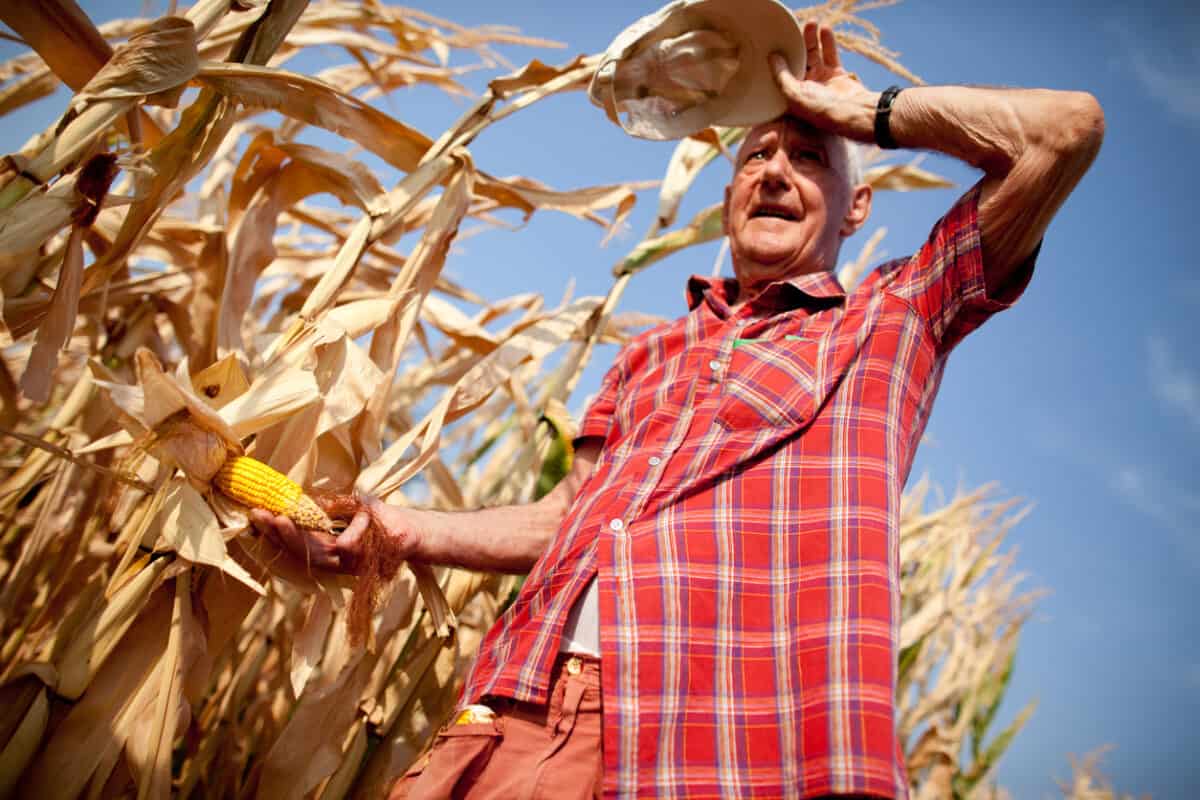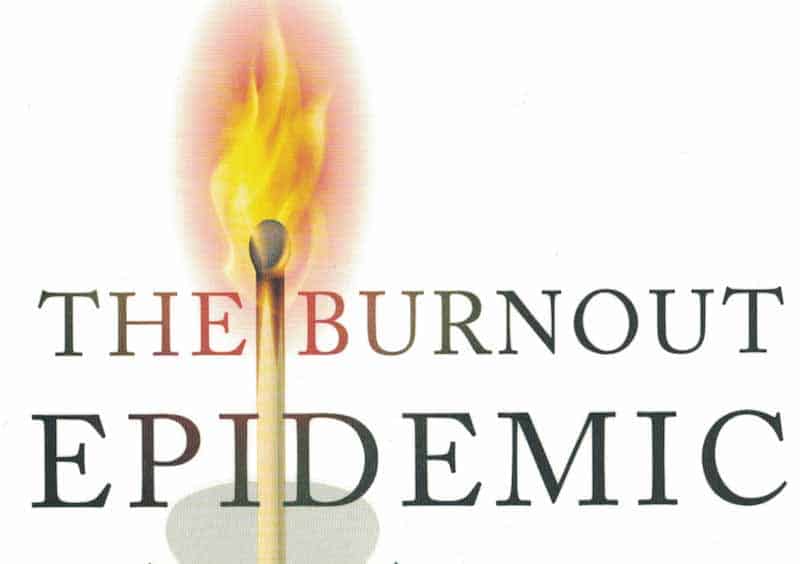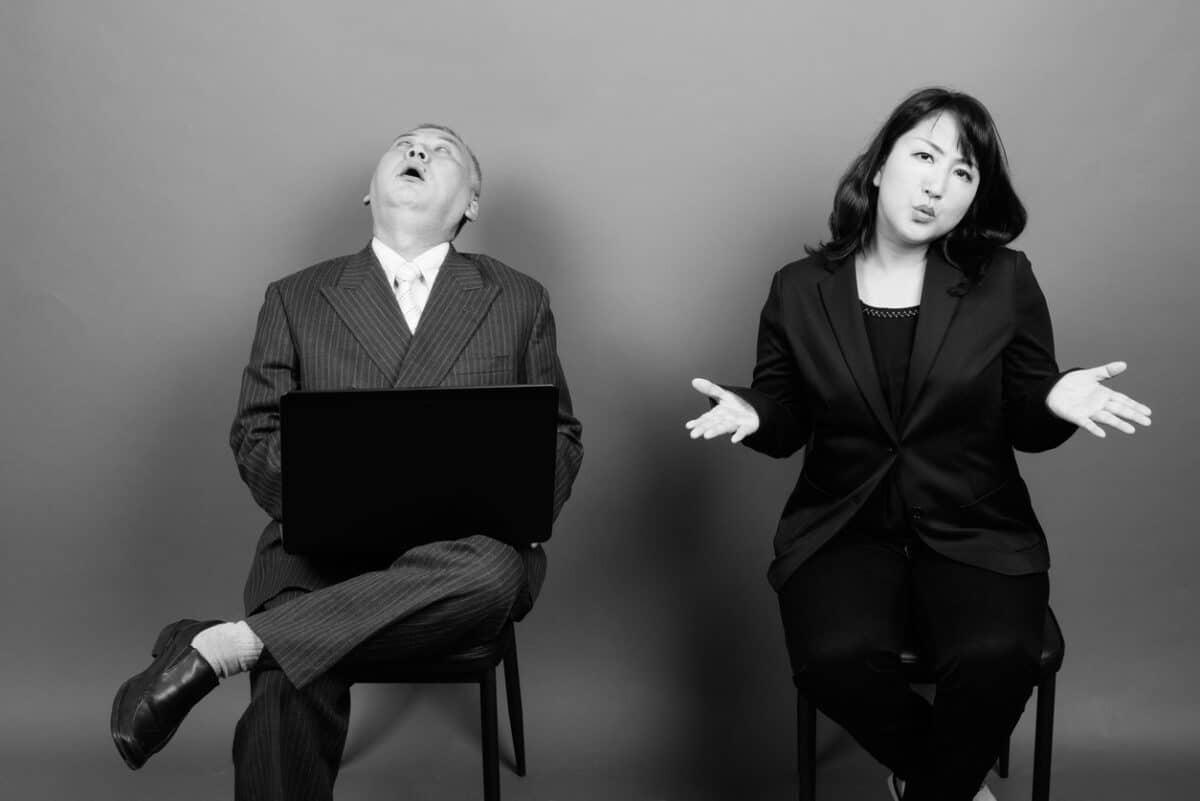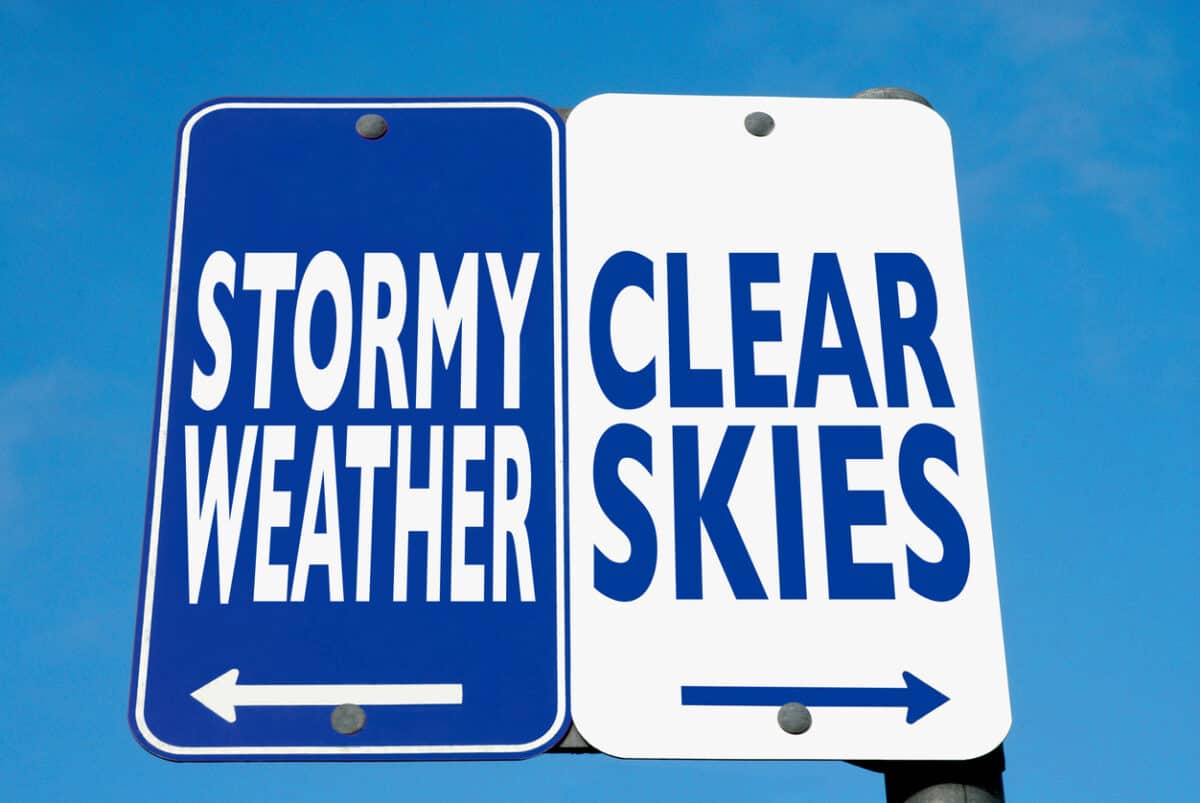This year the South Australian Parliament will likely pass that State’s Industrial Manslaughter (IM) legislation as the introduction of these laws was an election commitment of the new Labor government. The consultation period on the draft Bill closes on February 10 2023 after being open for just over two months.
New South Wales may follow if the Labor Party wins the March 2023 election
Industrial Manslaughter laws under the broader occupational health and safety (OHS) continue to be contentious as a new research paper by Professor Richard Johnstone shows. However, the introduction of IM laws will forever be a political act at its core.
Continue reading “Industrial Manslaughter laws are spreading in Australia but are inconsistent [Open Access]”
![Industrial Manslaughter laws are spreading in Australia but are inconsistent [Open Access]](https://safetyatworkblog.com/wp-content/uploads/2023/02/cover-of-journal_of_work_vol1_no1_edited.jpg)





